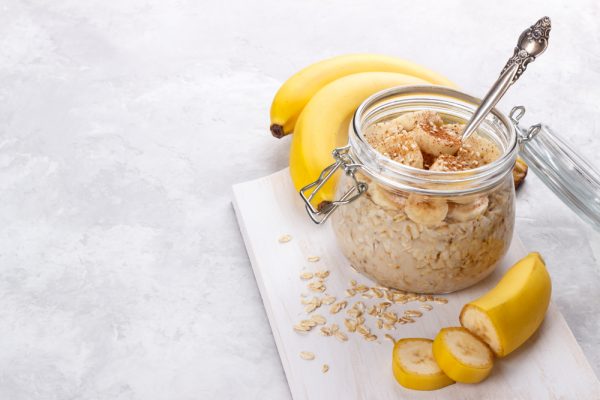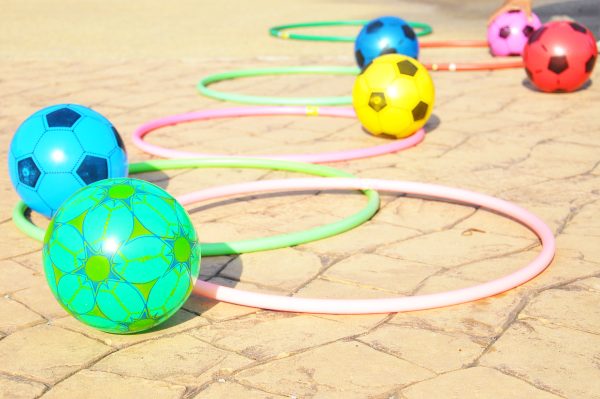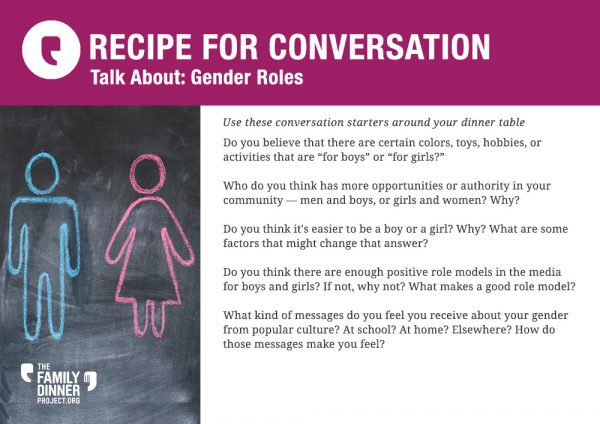Newsletter: March 2021
Building Positive Body Image at Family Dinner

“I’m so excited for everyone to try this new soup recipe I made. It’s only 200 calories per serving!”
If you were served a new food with that kind of introduction, how would you feel about trying it? Team member Bri remembers vividly how the discussion around the 200-calorie soup affected her at family dinners growing up. “My mom was always very body conscious, and she really wanted to find ways to incorporate her ‘diets’ into our family life. By the time I was a teenager, she always wanted to tell us how low-calorie different foods were. The thing was, knowing something was low-calorie didn’t change whether I liked it or not…but it did make me feel bad if I didn’t know how many calories were in everything I ate.”
Stephanie Harshman, PhD, RD, LD and clinical dietitian at MassGeneral Hospital for Children, says family dinners are an important opportunity to talk about food — but not the calorie content. “Family mealtime — that time to spend together to talk about food and why food is important for our bodies — is really crucial. Children thrive when they have an understanding of what might not make sense to them, so we can help them make sense of why eating is important. For example, half our plate is filled with fruits and vegetables because they’re full of vitamins and minerals that make our bones strong and long, and help our muscles grow and flex, and help our scrapes heal quickly.” But while eating together can give parents an opportunity to introduce nutrition education, it’s important to stick to talk that emphasizes the ways food fuels our bodies. Any discussion of calorie counts, weight management or “bad,” “cheat,” or “unhealthy” foods should be kept off the table.
That can be a hard concept for parents, who often struggle with their own negative ideas about food and their own bodies. Research shows that teens who regularly eat meals with their families have a lower risk of developing eating disorders, and generally have a more positive body image, than their peers. But Bri’s experience illustrates Dr. Harshman’s most crucial piece of advice: “Adults are role models. The number one thing to understand is that how you talk about your body and eating habits will be reflected in your children and adolescents.” Even well-meaning parents can pass on negative thoughts and habits without realizing how they’re impacting a child’s self-image. So how can you make sure you’re creating a family dinner environment that boosts body image? Here are some tips from experts that can help:
- Celebrate and respect your family members’ bodies — and all bodies. The National Eating Disorders Association offers this advice: “Love, accept, acknowledge, appreciate, and value your children—out loud—no matter what they weigh. Convey to children that weight and appearance are not the most critical aspects of their identity and self-worth.” They go on to explain ways in which families can talk about body diversity along with racial and ethnic diversity, and how to make a habit of speaking positively about different body shapes and sizes.
- Be aware of diet culture, both outside and inside your home. Between media representations of thinness, marketing campaigns that target weight-loss products to children and young women (or “muscle building” products to young men), and parents who are critical of their own weight and body shapes, kids can take in a surprising number of body-shaming messages each day. Registered dietitian Abby Langer puts it bluntly: “We’re living in a world where 42% of 1st-3rd grade girls want to be thinner, and 81% of 10 year olds are afraid of being fat, and we should do everything we can to ensure that kids are raised with a healthy body image. And as an aside, if you think that it’s okay to consume these diet products in front of your kids and that they don’t notice that stuff, think again. This study (one of many) shows that 5 year olds’ ideas about dieting are predicted by their mothers’ dieting. As anyone who has ever uttered a swear word near their young kid and thought they won’t understand or repeat it knows, kids see and hear a lot more than we give them credit for.”
- Recognize and redirect negative body talk whenever you can. The support website Eating Disorder Hope offers this example:
Family Member A: “Ugh I can’t believe how big my thighs are, I can never wear shorts.” Family Member B: “Your thighs are really powerful and carry you around everywhere- I’m so impressed by all you can do! I hope you can let yourself be comfortable in shorts when it’s so hot out!”
The founders of Black Girls RUN! also emphasize the importance of directing negative self-talk about body shape and size into positive habits. Dawn Larkin-Wallace shares in this CNN interview, “I have African-American daughters. … I have to help them understand that because their body type is different than others doesn’t make one better or more right than the other. As long as we’re healthy and taking care of ourselves … the way we are made is the way we are made and we should accept ourselves.” Helping kids access fun physical activity and teaching them to enjoy what their bodies can do, rather than how their bodies look, is another way to redirect negative body image. - Let kids guide the discussion as needed. Dr. Harshman says that if children express concern about their weight or body shape and size, parents should lend a supportive ear, but it’s important to keep language neutral and let kids lead. “Instead of saying ‘Your clothes are too small’ or ‘Your weight has gone up too much,’ ask your child ‘How do you feel about the changes your body has experienced?’” she says. “Reassure them that bodies do change size and shape as they grow. Involve them in coming up with words and language they would feel comfortable using to talk about their bodies in the future, and try to adopt that language yourself.” For more insights from Dr. Harshman, read our full interview with her on building positive body image in kids.
- And of course, eat together — not just at dinner time. One study showed that eating breakfast with a parent had a positive impact on teens’ body image. It’s likely not breakfast itself that makes the difference, but rather starting the day with a positive interaction including food, fun and conversation. Make sure to offer regular family meals whenever possible, and serve a wide variety of foods — without making a big deal about what’s “healthy” or “unhealthy,” or how much anyone has chosen to eat.
Many adults were raised with ideas and habits around body weight and dieting that are hard to change. The first, and possibly hardest, step in creating a more body-positive family meal routine is to recognize our own thoughts. By putting some effort into noticing how we think, talk, and behave around food and weight-related issues, we can start making better choices to help kids feel confident about their own bodies.
Food

Need some quick, make-ahead breakfasts to help you get into a family breakfast habit? Try these overnight oats!
Peanut Butter Banana Overnight Oats
Fun

“What Can You Do With…?” is a fun activity to get the whole family moving their bodies in different ways!
Conversation

March is Women’s History Month. Try these conversation starters about gender roles to spark a discussion at your next family dinner.
Recent Newsletters
- When Picky Eating Might Be Something More - July 2024
- Feeling Lonely? Share a Meal. - June 2024
- Welcome to May Madness - May 2024
- Family Dinner Has Gotten Expensive - April 2024
- Is it the Family, Or the Dinner? - March 2024
- Black History Month at Family Dinner - February 2024
- New Year, Same You - January 2024
- Sharing the Holiday Load - December 2023
- What’s Your Thanksgiving Story? - November 2023
- Family Dinner: Stressful, or Stress-Busting? - October 2023
- New Ways to Ask “How Was Your Day?” - September 2023
- Low Stress, Low Cost, Low Waste Dinner Hacks - August 2023
